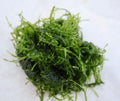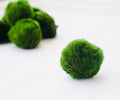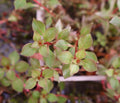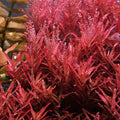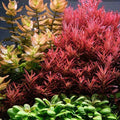A Basic Care Guide to Java Fern
Java Ferns, also known as Microsorum pteropus, are a popular choice among aquarium enthusiasts and plant lovers alike. This plant is also known to both beginners and experienced aquascapists. It is a hardy plant with a distinctive appearance and is very easy to grow. In this blog, we will learn more about this plant, its care requirements, and ways to incorporate it into your aquarium setup.
Java ferns are commonly grown in southeast Asia, especially in Thailand, Indonesia, and Malaysia. They are often found growing on driftwood, riverbanks, and rocks as their natural habitat. Because of its characteristics for growing in a variety of conditions, this plant has become a sought-after choice for aquascapers who are finding ways to create lush tank landscapes.
Java ferns are recognized because of their distinctive appearance and unique leaf structure. Its leaves are narrow, long, and have a dark green hue, and its edges are serrated, which appears to be textured. One tip to maintain its good appearance is to attach it to the driftoowds or rocks instead of burrying in the substrate.
Java ferns can easily adapt to a wide range of water conditions, and that feature makes them stand out. It can grow in low- or high-light environments, which makes it an excellent choice for aquariums with different lighting setups. Also, it can tolerate a wide temperature range, which makes it suitable for any type of freshwater tank.
Care Requirements:
Although jave ferns can grow in low-light conditions, moderate to high lighting will enable them to grow healthier and more vibrantly colored leaves. The ideal LED lights are those with a color temperature of 6500K to 7500K.
When we talk about water parameters, java ferns do not demand too much; they can thrive in soft to moderately hard water with a pH range of 6.0 to 7.5. However, conducting water changes regularly will contribute to its overall health.
As we have mentioned above, Java ferns are not recommended to be planted on the substrate. It grows better when it is attached to driftwood or rocks with the use of a fishing line or glue to stick its roots. It will help prevent the rhizome from rotting and ensure the ferns receive their needed nutrients.
Whether it is planted in an aquarium or terrarium, this plant has its own unique characteristics and adaptability. It is easy to grow, and it is a great plant recommended for a newbie in aquascaping.



